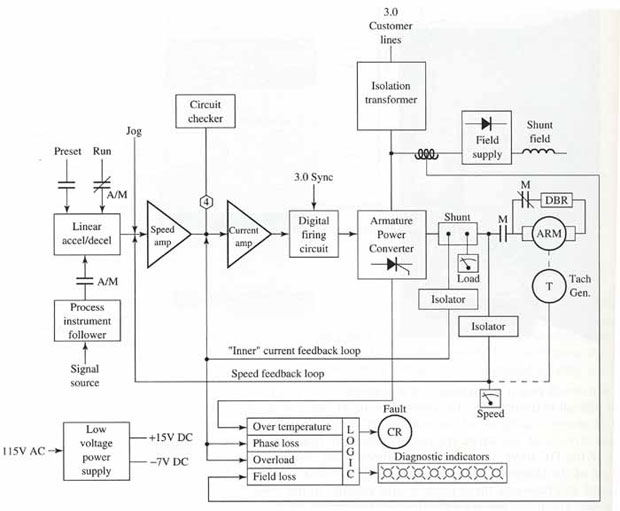System operation
Our PSA unit (meaning Pressure Swing Adsorption) uses 5 adsorption vessels. The process itself is a batch process, but in order to run in a continuous process plant, each of the 5 vessels can complete all the adsorption process but at the same time, each of them is in a different status of the sequence (i.e. gas in, gas out, adsorption, pressurizing, depressurizing, cleaning, etc). The sequence is mainly controlled by time and pressure condition in each step of the sequence, by managing several valves (I think 5 by vessel, but I’m not sure right now).
Panel operator experienced some problems with valve 1 (gas entry) in vessel 2 because it should open but immediately it received the close command. Instruments technician check that orders coming from the DCS were OK, and also check the valves by injecting the open order, so, they and operation staff concluded that “the program has some kind of problem”.
Some time ago, I spent a lot of time studying the operation manual of this unit and the code written to control it and I wrote a document merging both knowledge. In page 9, I described a condition (an exclusive pressure difference between vessel and gas coming in the vessel) avoiding valve 1 opening during adsorption stage. I explained this condition to operation staff and they confirm that the values were right and that the excessive delta P really exist so, the decided to check back the valve 1 (already checked), discovering a problem (the stem moved, but the disk not).
Conclusion:
– If operation staff know properly the process, they know about this condition, but this could be solved with a properly designed HMI (i.e. including and alarm indicating “valve 1 closed by excessive deltaP”).
– The initial inspection of the valve didn’t show anything wrong, but stem and disk were disconnected.
– If we didn’t dig into the code, this problem, solved in less of an hour could take several hours.
